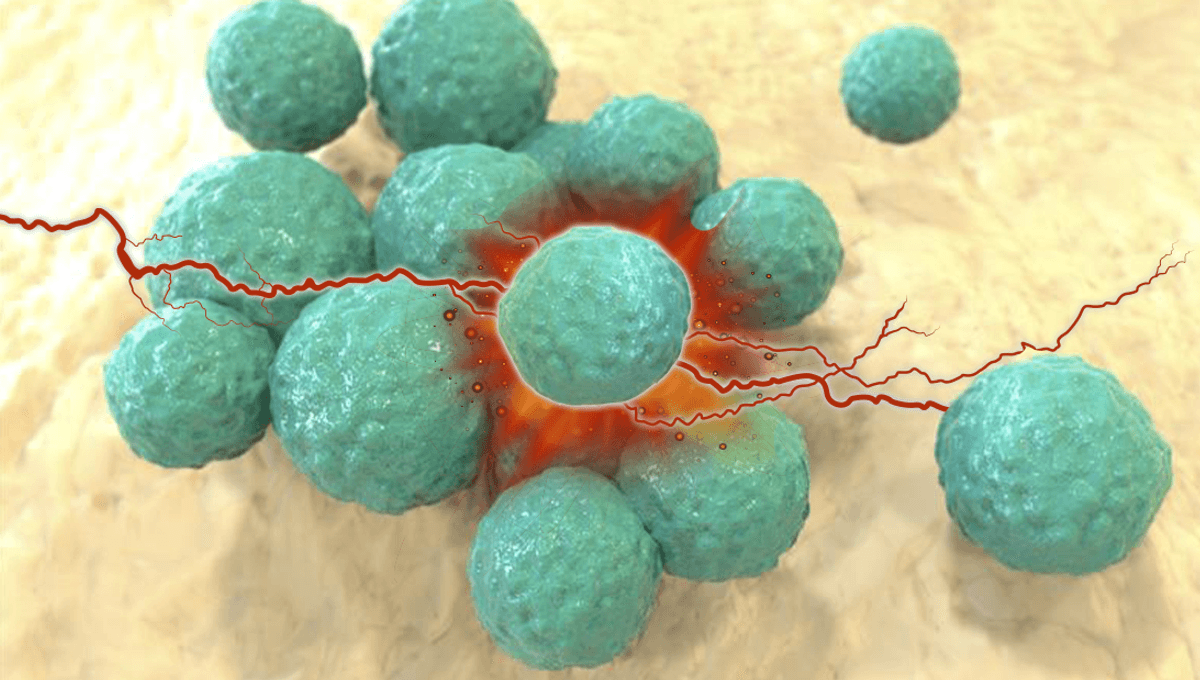
Electric currents can affect bacteria at levels too small to harm (or even hurt) humans, which gave medical researchers an idea. Now, they’ve demonstrated that electrical stimulation can protect wounds from Staphylococcus epidermidis: a bacterium that, as its name suggests, lives on human skin and can seize the opportunity to wreak havoc when damage lets it reach the bloodstream.
In the days before penicillin, damage to the skin often proved lethal – one of the more realistic things about Game of Thrones was Khal Drogo getting a relatively mild cut in battle and ending up dying of the infection. As many bacteria – Staphylococcus epidermidis included – gain resistance to antibiotics faster than we are producing new ones, something else is needed if those days are not to return.
University of Chicago Graduate Student Saehyun Kim is part of a team that has made skin patches that produce 1.5 Volt electrical signals. The signals last ten seconds and are produced every ten minutes, but this can be adjusted in the future if the bacteria start to get used to a routine. Since most people can’t detect potential differences of less than 15 Volts, there’s little risk from this approach. The signals are also much smaller than those used by devices such as pacemakers to stimulate the body’s own cells.
The team found the stimulation prevented the formation of 99 percent of the biofilm S. epidermidis uses to protect itself from drugs and other threats to its growth when the pH of the environment was acidic. On the other hand, in neutral environments, the bacteria were unaffected by the electricity.
“Bacteria’s response to electricity isn’t well explored, partially because we don’t know the specific conditions under which bacteria will be excited,” Kim said in a statement.
The success appears to be a consequence of reduced expression of certain genes, including those that cause biofilm formation and are implicated in antibiotic resistance.
The patch has yet to be tested on humans, but it reduced S. epidermidis on a pig’s skin sample by nearly 90 percent compared to a control. Even without skin damage, S. epidermidis infections are often caught from improperly sterilized catheters, and the team found the patch was similarly effective when applied to a plastic surface.
Healthy human skin is slightly acidic to deter some microbes, so the patch should be able to stop biofilms from forming and bacteria from multiplying there with electricity alone. Wounds more often have a neutral pH, so the team added a layer of slightly acidic gum to their patch. That might sting, but would be worth it if it stops other infectious agents as well.
“Because Staphylococcus is part of the microbial ecosystem that naturally exists on our skin, we prefer not to eradicate it, since their complete absence on our skin could cause other problems” co-senior author Dr Gürol Süel of the University of California San Diego said.
“Discovering this selective excitability will help us discover how to control other bacteria species by looking at different conditions,” Kim said.
Given the way bacteria exchange genes between species, removing the pressure on any bacterium to develop antibiotic resistance could also help slow its spread in others, including those with other ways to plague us.
The study is published in the journal Device.
Source Link: There's A Shocking Alternative To Antibiotics For Wound Infections